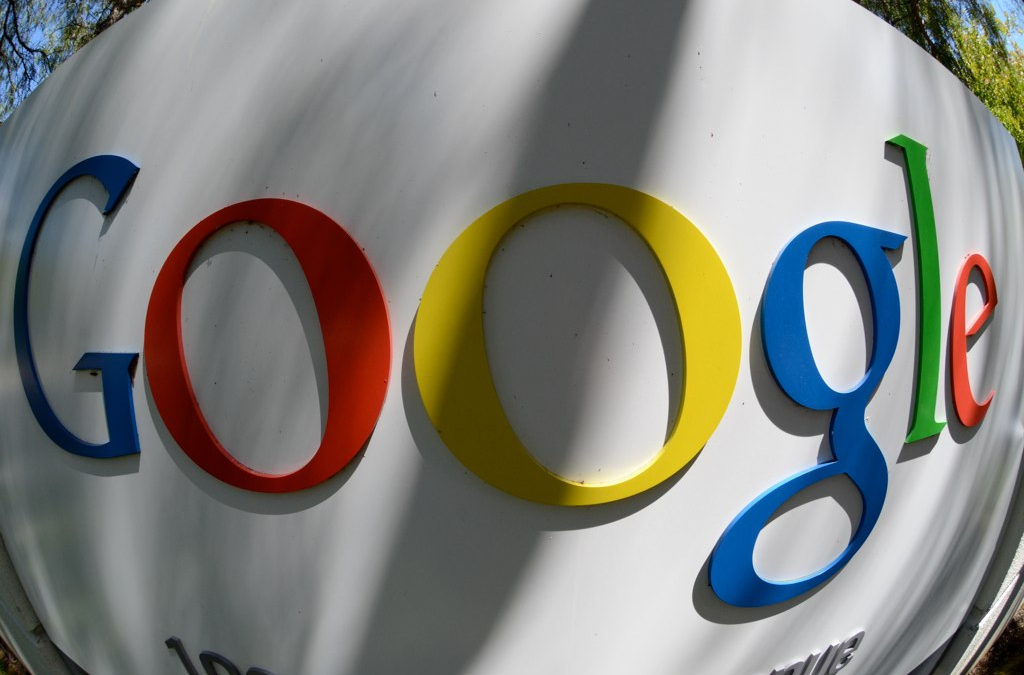A lot of big companies are starting to get worried about the environment, particularly climate change. Why? Because climate change threatens their business model and profits in the future. If people can’t work as productively, or the planet’s resources can’t support ever-greater consumer spending, then their bottom lines will take a hit, shareholders will lose out, and the magical growth story of our economy will finally come to an end.
One of the ways that companies are trying to make a difference is by getting their employees to start taking alternative means of transport to work – not surprising at all really. As these auto accident lawyers point out, driving is not only bad for the environment but dangerous too, costing employers large upfront fees in health insurance and lost working hours due to injury.
So what are companies doing to try to entice people out of their private motor vehicles and into something a little less taxing on the environment?
Google Is Giving People Lifts On Electric Buses
Flickr by Kristina Alexanderson
Google is a company right at the forefront of the workplace commuting revolution. It knows that if it wants to get the best out of people, they have to show up to the office, day in, day out. But getting them there is an environmental nightmare.
Well, at least it was in the past. But now Google has started running a series of autonomous electric shuttle buses to ferry workers from A to B without having an appreciable impact on the environment at its offices in California. Of course, the buses use the company’s own autonomous driving technology and are reportedly very safe, but they’re not yet in mass usage across the country. If Waymo takes off, though, that could all change pretty quickly.
Panasonic Wants People To Ride On Public Transport
Flickr by Wonderlane
Panasonic recently opened a new North America head office in Newark. Part of the reason for relocating there had to do with the transit benefits that the new Newark location would bring. Rather than employees having to drive alone – which more than 90 percent did at the former Secaucus office – the new Newark office was strategically placed near to the town’s station, providing easy access to workers.
That wasn’t the only change that the company made. It also gave employees 50 percent off their transit costs, incentivizing them to ditch their cars and take public transport instead. So did they? After the move to Newark, the number of people driving to work alone fell to an impressive 35 percent. Those taking public transport rocketed from about 5 percent to an impressive 55 percent.
The reason so many workers made the switch is easy to understand. The average employee saved around $150 to $200 per month on parking spaces alone, let alone the additional cost of fuel and motoring expenses.
Panasonic also helped educate its workforce on the benefits of taking mass transit up to two years before introducing the scheme, helping to grease the wheels once finally implemented. So far it’s been a roaring success.



Recent Comments